Rising Construction Activities
The Ready Mix Mortar Market is experiencing a surge in demand due to increasing construction activities across various sectors. The construction industry has shown resilience, with investments in residential, commercial, and infrastructure projects. For instance, the construction output is projected to grow at a compound annual growth rate of approximately 5.5% over the next few years. This growth is driven by urbanization trends and the need for modern housing solutions. As more projects are initiated, the demand for ready mix mortar, which offers convenience and efficiency, is likely to rise. The ability of ready mix mortar to meet specific project requirements further enhances its appeal, making it a preferred choice among contractors and builders.
Urbanization and Population Growth
Urbanization and population growth are pivotal factors propelling the Ready Mix Mortar Market. As more individuals migrate to urban areas, the demand for housing and infrastructure is escalating. This trend is particularly evident in developing regions, where rapid urbanization is leading to increased construction activities. The United Nations projects that by 2050, nearly 68% of the world population will reside in urban areas, necessitating substantial investments in housing and infrastructure. Consequently, the demand for ready mix mortar, which facilitates efficient construction processes, is expected to rise significantly. This demographic shift presents a lucrative opportunity for manufacturers to expand their market presence.
Government Infrastructure Initiatives
Government infrastructure initiatives are playing a crucial role in shaping the Ready Mix Mortar Market. Many governments are investing heavily in infrastructure development to stimulate economic growth and improve public services. These initiatives often include the construction of roads, bridges, and public facilities, which require substantial quantities of ready mix mortar. For example, infrastructure spending is anticipated to increase by approximately 10% in the coming years, creating a favorable environment for ready mix mortar manufacturers. As these projects progress, the demand for high-quality, reliable mortar solutions is likely to grow, providing manufacturers with opportunities to enhance their market share.
Technological Innovations in Production
Technological advancements in the production of ready mix mortar are significantly influencing the Ready Mix Mortar Market. Innovations such as automated mixing processes and improved quality control measures are enhancing the efficiency and consistency of mortar products. These technologies not only reduce production time but also ensure that the final product meets stringent quality standards. Furthermore, the integration of smart technologies in production facilities is expected to optimize resource utilization and minimize waste. As a result, manufacturers are likely to achieve higher profit margins while providing superior products to meet the evolving needs of the construction sector.
Increased Demand for Sustainable Building Materials
The Ready Mix Mortar Market is witnessing a shift towards sustainable building materials, driven by growing environmental awareness among consumers and regulatory bodies. The construction sector is increasingly adopting eco-friendly practices, leading to a rise in demand for mortars that incorporate recycled materials and lower carbon footprints. This trend is supported by various government initiatives aimed at promoting sustainable construction practices. As a result, manufacturers are focusing on developing ready mix mortars that align with these sustainability goals, potentially capturing a larger market share. The emphasis on green building certifications is likely to further propel the demand for sustainable ready mix mortar solutions.


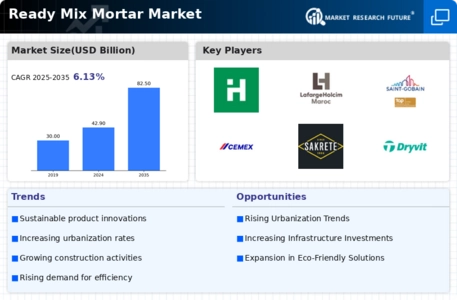
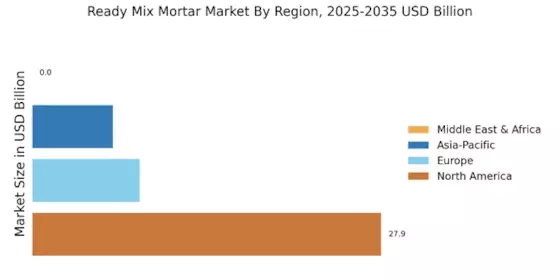

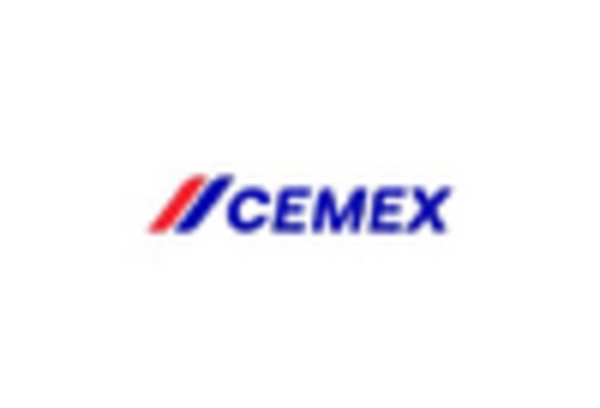
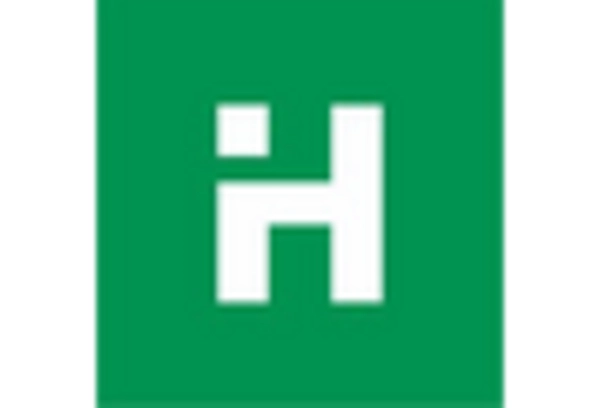
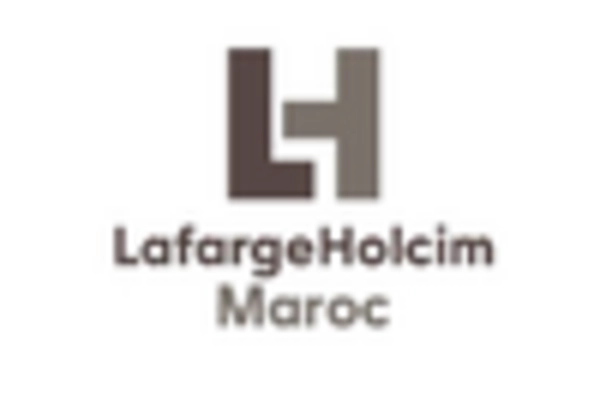

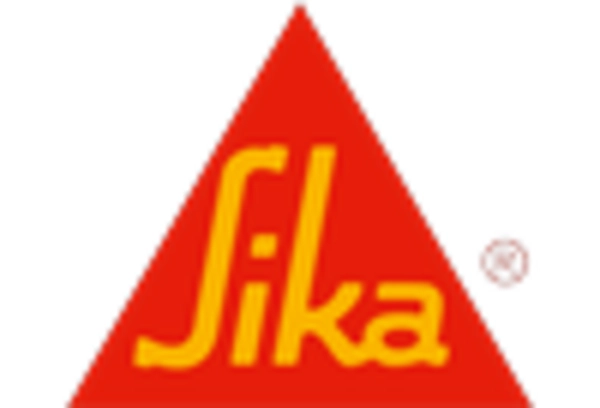








Leave a Comment